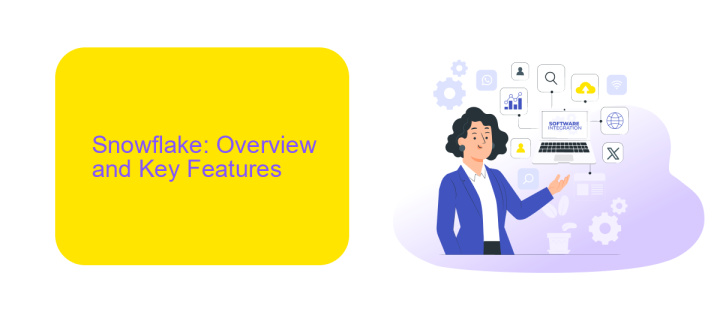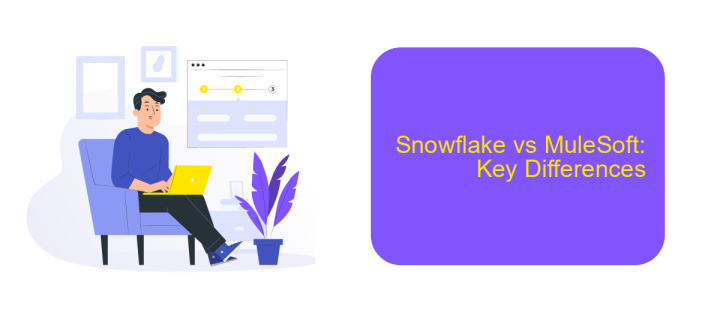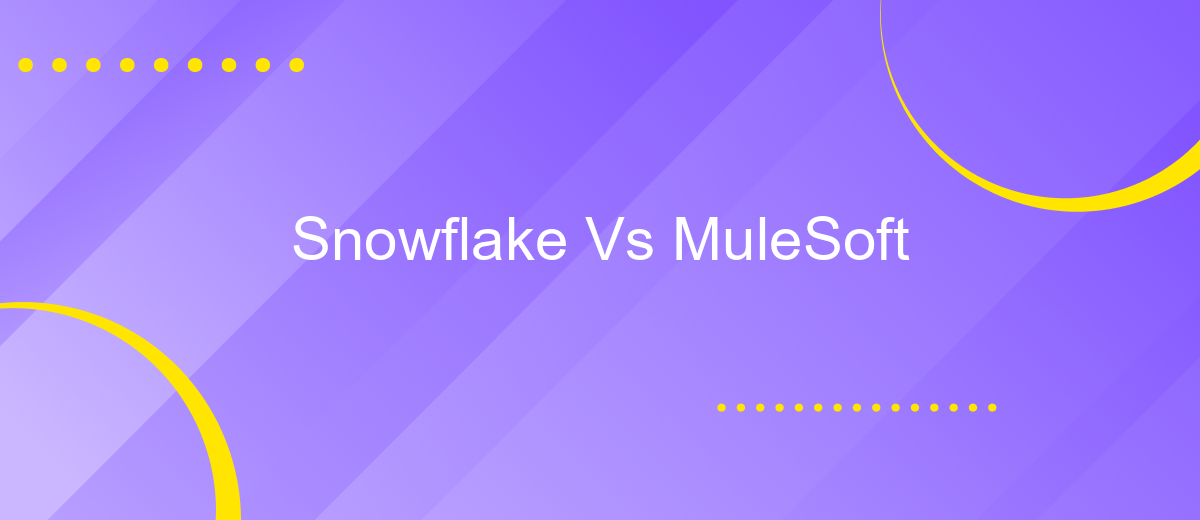Snowflake Vs MuleSoft
In today's rapidly evolving digital landscape, businesses increasingly rely on robust data management and integration platforms to streamline operations and drive growth. Snowflake and MuleSoft have emerged as leading solutions, each offering unique advantages. This article delves into a comparative analysis of Snowflake's data warehousing capabilities versus MuleSoft's integration prowess, helping organizations make informed decisions tailored to their specific needs.
Introduction
In today's rapidly evolving digital landscape, businesses are constantly seeking efficient ways to manage and integrate their data. Snowflake and MuleSoft are two prominent solutions that cater to these needs, each offering unique capabilities and benefits. Snowflake is a cloud-based data warehousing platform that provides scalable storage and compute power, while MuleSoft is an integration platform that connects applications, data, and devices through APIs.
- Snowflake: Scalable cloud data warehousing and analytics.
- MuleSoft: Comprehensive API-led connectivity for seamless integration.
- ApiX-Drive: Simplified integration setup for various services and apps.
Choosing between Snowflake and MuleSoft depends on your specific business requirements. If your primary focus is on managing large volumes of data with high performance, Snowflake is an ideal choice. On the other hand, if you need to integrate various applications and streamline workflows, MuleSoft offers robust solutions. Additionally, services like ApiX-Drive can further simplify integration processes, making it easier to connect and automate different systems. Understanding the strengths of each platform will help you make an informed decision tailored to your organizational needs.
Snowflake: Overview and Key Features

Snowflake is a cloud-based data warehousing platform designed to handle large-scale data storage, processing, and analytics. It operates on a Software-as-a-Service (SaaS) model, providing flexibility and scalability without the need for hardware or software management. Snowflake's architecture separates storage and compute resources, allowing users to scale them independently based on their specific needs. This separation ensures high performance and cost efficiency, making it an ideal choice for businesses handling massive datasets.
Key features of Snowflake include its ability to support structured and semi-structured data, seamless data sharing capabilities, and robust security measures such as end-to-end encryption. Additionally, Snowflake's integration with various data integration tools, like ApiX-Drive, simplifies the process of connecting different data sources and automating workflows. ApiX-Drive enables users to effortlessly sync data across multiple platforms, ensuring that Snowflake can ingest and analyze data from a wide array of applications and services. This combination of features makes Snowflake a powerful solution for modern data-driven enterprises.
MuleSoft: Overview and Key Features

MuleSoft is a leading integration platform that enables businesses to connect their applications, data, and devices seamlessly. It provides a comprehensive solution for API management, data integration, and service orchestration, allowing organizations to streamline their operations and enhance their digital capabilities.
- Anypoint Platform: A unified platform for API design, development, and management.
- API Manager: Enables secure and scalable API management with analytics and monitoring.
- DataWeave: A powerful data transformation language for integrating various data formats.
- CloudHub: A cloud-based integration platform for deploying and managing integrations.
- Runtime Manager: Provides monitoring and management capabilities for Mule applications.
With MuleSoft, organizations can leverage pre-built connectors and templates to accelerate integration projects. Additionally, services like ApiX-Drive can further simplify the integration process by automating data transfer between various systems, ensuring that businesses can achieve seamless connectivity with minimal effort.
Snowflake vs MuleSoft: Key Differences

Snowflake and MuleSoft are two distinct platforms catering to different aspects of data management and integration. Snowflake is a cloud-based data warehousing solution that provides robust data storage, processing, and analytics capabilities. MuleSoft, on the other hand, is an integration platform that enables seamless connectivity between various applications, data sources, and APIs.
While Snowflake excels in handling large volumes of data with high performance and scalability, MuleSoft focuses on facilitating smooth data flow and integration across diverse systems. These platforms serve different purposes but can complement each other in a comprehensive data strategy.
- Purpose: Snowflake for data warehousing, MuleSoft for integration.
- Architecture: Snowflake is cloud-native, whereas MuleSoft uses an API-led approach.
- Scalability: Snowflake scales storage and compute independently; MuleSoft scales through its Anypoint Platform.
- Use Case: Snowflake for analytics and reporting, MuleSoft for connecting disparate applications.
For businesses looking to integrate these platforms, services like ApiX-Drive can streamline the process, enabling efficient data synchronization and operational synergy. By leveraging both Snowflake and MuleSoft, organizations can achieve a holistic approach to data management and integration.
Conclusion
In conclusion, both Snowflake and MuleSoft offer robust solutions for data management and integration, each catering to different needs within the enterprise ecosystem. Snowflake excels in data warehousing with its scalable, cloud-native platform that simplifies data storage, processing, and analytics. It is ideal for organizations looking to leverage large-scale data operations with ease and efficiency.
On the other hand, MuleSoft shines in the realm of integration, providing a comprehensive platform for connecting disparate systems and applications. Its API-led approach ensures seamless connectivity and agility across various IT environments. For businesses seeking to streamline their integration processes, services like ApiX-Drive can further enhance the capabilities of MuleSoft by automating and simplifying the integration setup. Ultimately, the choice between Snowflake and MuleSoft depends on the specific requirements and strategic goals of the organization, with both platforms offering significant benefits in their respective domains.
- Automate the work of an online store or landing
- Empower through integration
- Don't spend money on programmers and integrators
- Save time by automating routine tasks
FAQ
What is the primary difference between Snowflake and MuleSoft?
Can Snowflake and MuleSoft be used together?
Is Snowflake suitable for real-time data processing?
What types of integrations can MuleSoft handle?
How can I automate the integration process between Snowflake and other applications?
Apix-Drive will help optimize business processes, save you from a lot of routine tasks and unnecessary costs for automation, attracting additional specialists. Try setting up a free test connection with ApiX-Drive and see for yourself. Now you have to think about where to invest the freed time and money!


